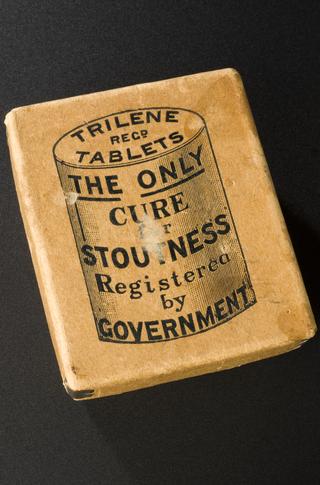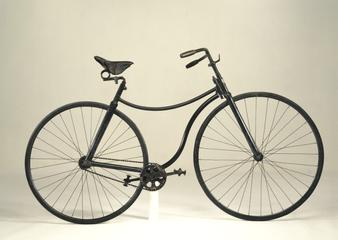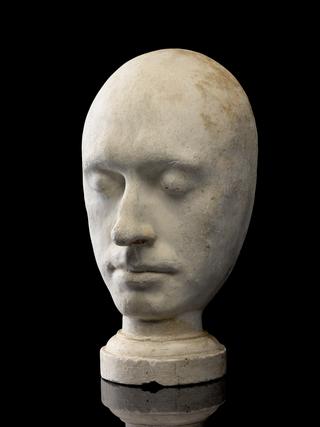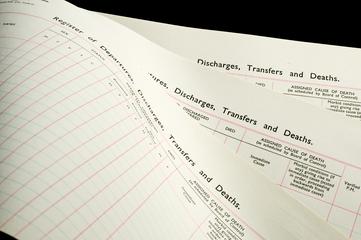
'Form M Revised Stanford-Binet Scales', IQ test, United States, 1937
- Made:
- 1937-1960 in United States
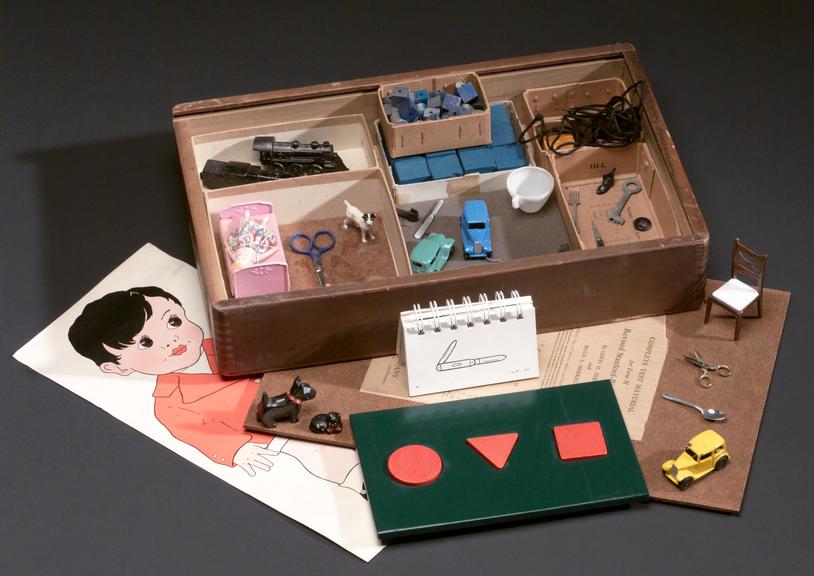
'Complete Test Material Form M Revised Stanford-Binet Scales by Terman-Merrill', in wooden case containing form board, printed card material, and picture of child, by Houghten Mifflin Co. USA, 1937. See 1980-1429/4 for a complete description of this revision of the Stanford-Binet.
American psychologist Lewis Terman (1877-1956) teamed up with his student Maud Merril (1888-1978). They developed this ‘M’ version of the Stanford-Binet IQ test in 1937. Termin had adapted the work of French psychologist Alfred Binet (1857-1911) while at Stanford University. Binet had devised intelligence tests. The revised test was more reliable and more objective. It was also a better standardised version of an IQ test, especially for people with a low mental age.
The test used word-naming and comprehension. It also featured non-verbal tests using beads, coloured cubes and form boards. This meant young children as well as people who were illiterate or did not speak good English could be tested. The test also included a second set of questions to prevent people learning the answers of the original. The form ‘M’ test was in standard use until 1960.
Details
- Category:
- Psychology, Psychiatry & Anthropometry
- Object Number:
- 1996-277/118
- Materials:
- wood (unidentified), paper (fibre product), foam and metal (unknown)
- type:
- psychological test
